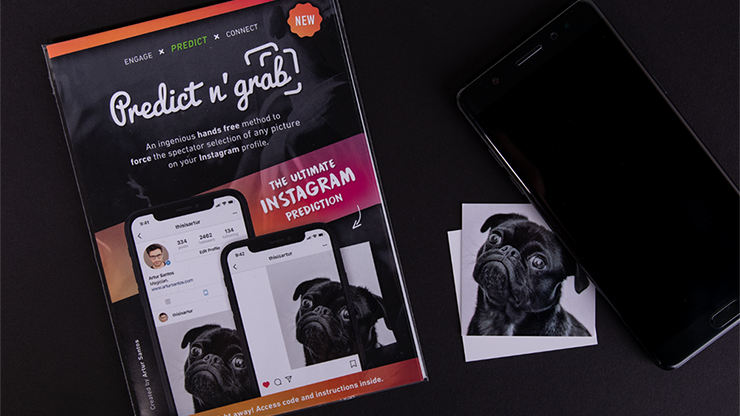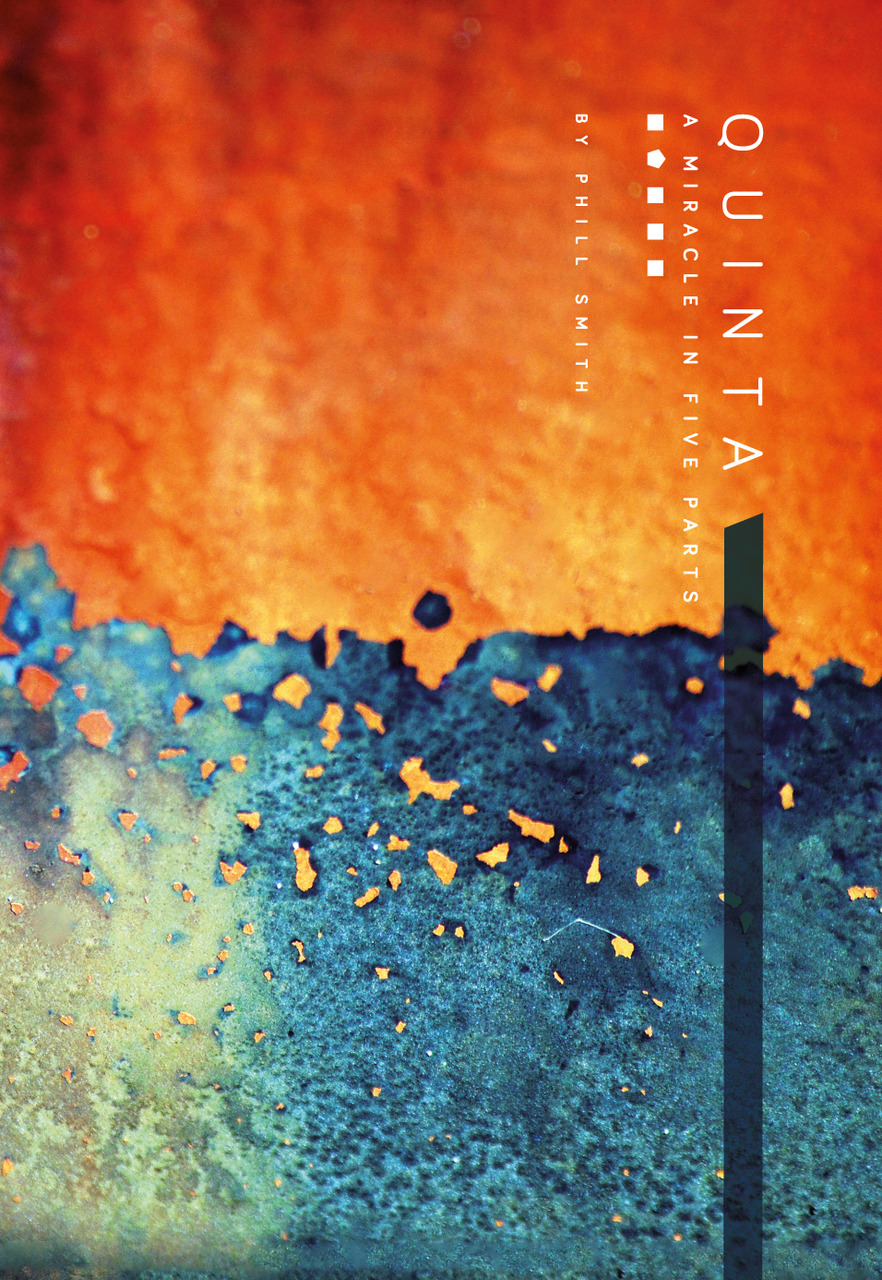For about nine months I’ve had an idea for a trick kicking around in my head. I keep thinking about it, and that’s a good sign, I just haven’t sat down and put a lot of directed energy into it. The week I’ve started to take action on making this idea a reality. Unfortunately this week and next week are very busy, so not a lot of progress will happen.
Here’s the idea for the trick:
Someone from the audience thinks of something and whispers it into a mason jar and closes the lid. They hand you the jar, you open the lid, listen to the inside and tell them what they are thinking.
Then you write something (unseen) on a giant pad of paper and whisper it into the jar, and they tell the audience what you were thinking. You confirm this by turning around the paper.
There are many variations of this that can happen. Two people from the audience could whisper into the jar and hear each others “whispers”.
The hurdle I’m hitting right now is what information do I want them to whisper? Obviously I’ll need to force the info, so it could be a book, it could be a birthday, or whatever. The one thing I know is that it’s not going to be done with playing cards.


